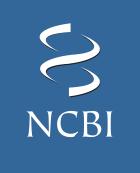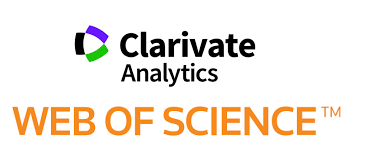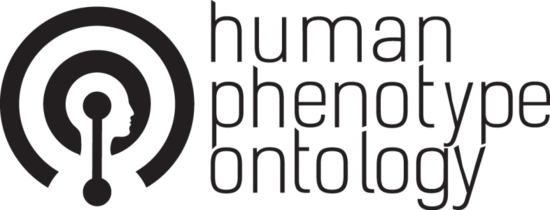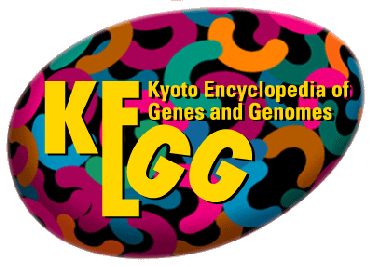Bishop GA, Sun J, DeCruz DJ, Rokahr KL, Sedgwick JD, Sheil AG, Gallagher ND, McCaughan GW
The aim of this work was to investigate the mechanism of spontaneous rat liver allograft tolerance. Liver allografts from a LEW donor into DA recipient (LEW-->DA) or of PVG-->DA were spontaneously tolerated (TOL) across a complete MHC mismatch. In contrast, DA-->LEW or PVG-->LEW liver allografts were rejected in 10 to 15 days (REJ). We examined whether donor cell migration to recipient lymphoid tissues might be associated with TOL. Many donor cells were observed in draining (celiac) lymph nodes (LN) and spleen, reaching a peak on day 1 and then decreasing rapidly thereafter. Irradiation of liver donors, which we have previously shown to delete tolerance, significantly reduced the number of donor leukocytes in recipient lymphoid tissues. While this suggested an association between donor cell migration and tolerance, the number, distribution, and type of donor cells in recipient lymphoid tissues of REJ was similar to those of TOL. Expression of cytokine mRNA in LN and spleen showed an early increase in the expression of IL-2 and IFN-gamma mRNA on day 1 and then a rapid decrease to constitutive levels. Spleen and LN levels of IL-6, IL-10, TNF-alpha, or TGF-beta mRNA showed much less up-regulation than IL-2 or IFN-gamma. Paradoxically, there was greater expression of IL-2 and IFN-gamma mRNA in TOL lymphoid tissues than in REJ, and this superinduction was partially prevented by donor irradiation. Superinduction of IL-2 and IFN-gamma was, therefore, more closely associated with TOL than was donor cell migration. This was confirmed by treatment of TOL recipients with a short course of methylprednisolone, which reduced survival of subsequent donor strain skin grafts. This finding has implications for treatment of human liver transplants and is evidence for a novel pathway of transplant tolerance.
15/06/1996
8648143
Journal of immunology (Baltimore, Md. : 1950) (
IF: 4.886 /
Quartile: 2)
WOS Cites: 114
SemanticScholar Cites: 151
SemanticScholar Citation Velocity: 0
SemanticScholar Influential Citation Count: 3






